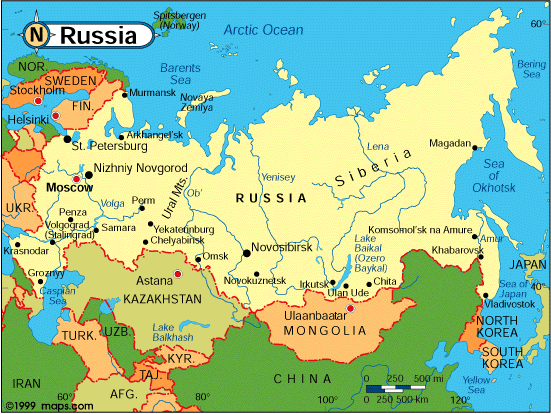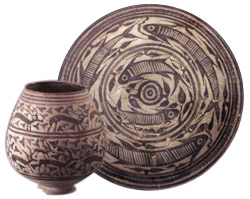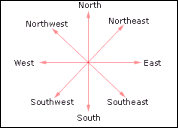 Located in the Mandia district of Madhya Pradesh, the Kanha National Park is a Tiger Reserve that extends over 1945 sq. km. of undulating country. Elevations range from 450 to 900 meters. A horseshoe shaped valley bounded by the. spurs of the Mekal ridge gives Kanha an interesting topography.
Located in the Mandia district of Madhya Pradesh, the Kanha National Park is a Tiger Reserve that extends over 1945 sq. km. of undulating country. Elevations range from 450 to 900 meters. A horseshoe shaped valley bounded by the. spurs of the Mekal ridge gives Kanha an interesting topography.
The Surpan River meanders through Kanha's central maidans - grasslands that Dover the extensive plateaus. Steep rocky escarpments along their edges offer breathtaking views of the valleys below. The grasslands at Kanha interspersed with forests of sal, teeming with varieties of deer - the barasinqha, chital (spotted deer), chousingha, nilgai, the majestic gaur (Indian bison) and wild pig, is 'tiger country'. It is ideal for viewing both the predator and the prey.
It was here at Kanha that the eminent zoologist George Schaller undertook the first ever-scientific study of the tiger. Another landmark at Kanha is the preservation of the "hard ground' barasingha (cervus duvauceli branderi) - the only surviving population of this Central Indian subspecies.
This was achieved by extending the grasslands, relocating villages and by increasing the habitat. The animals at Kanha are best observed from elephant back and the open country makes the chance of sightings reasonably good.
Deer are seen
 along the maidans and gaur at Bamhindadr or in the Bishanpura Sondhar- Ghorella area of the Mukki range. This area is also ideal for spotting the dhole or wild dog. spotting the dhole or wild dog. Langurs, wild boar, water fowl and birds are also commonly seen.
along the maidans and gaur at Bamhindadr or in the Bishanpura Sondhar- Ghorella area of the Mukki range. This area is also ideal for spotting the dhole or wild dog. spotting the dhole or wild dog. Langurs, wild boar, water fowl and birds are also commonly seen. General Information :
Best Time to Visit : March to June
Nearest Town : Mandla (65 Km)
How to Get Here : Air: Jabalpur (170 km), Nagpur (270 km), Rail: Jabalpur (170 km), Nagpur (270 km)





















 the planets and the house design and their different directions with respect of NORTH. The building of any type and its construction meets the purpose if proper orientation has been given using suitable local building material. It increases not only its life span but also improves the condition of occupants. There are instances where buildings are not planned according to required local orientation were lost or deteriorated much faster then the buildings having built with proper studies of orientation.
the planets and the house design and their different directions with respect of NORTH. The building of any type and its construction meets the purpose if proper orientation has been given using suitable local building material. It increases not only its life span but also improves the condition of occupants. There are instances where buildings are not planned according to required local orientation were lost or deteriorated much faster then the buildings having built with proper studies of orientation.